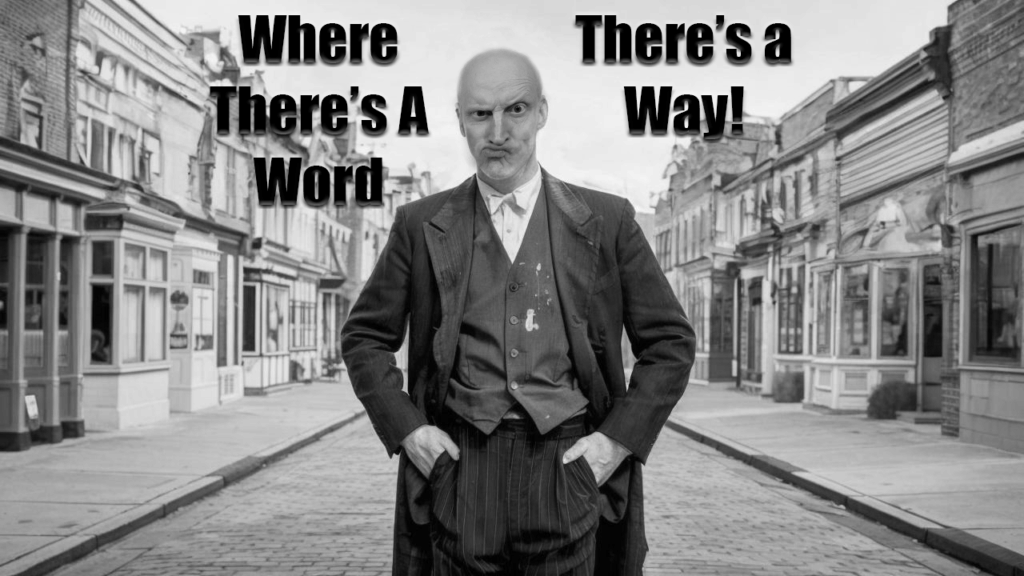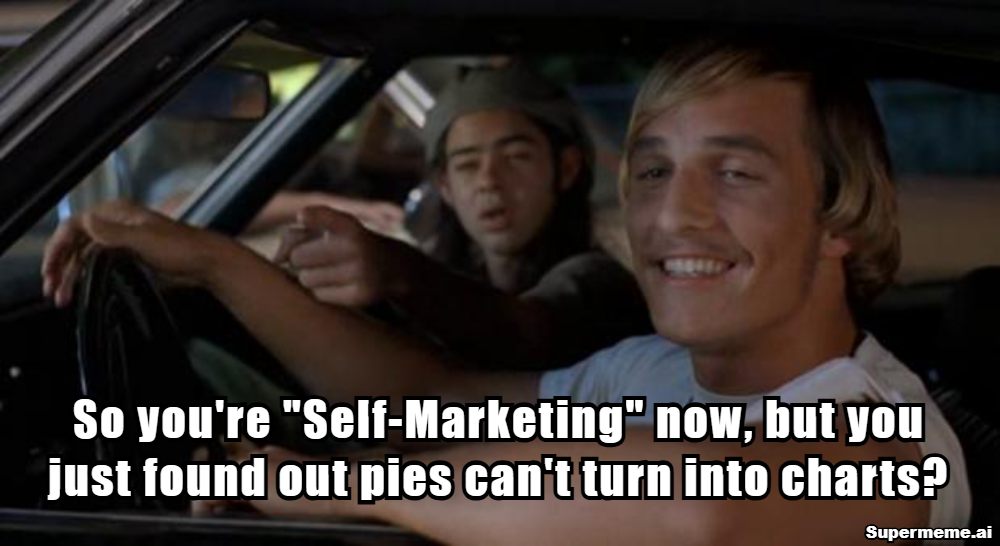
Last time, we talked all about the costs involved in writing and finishing your book. If you missed that article, check it out, it goes into the financial costs of self-publishing your own book.
Today though, we have the monumental task of breaking down the biggest problem of all, marketing your book. Because let’s face it, with time and expense you put into your book, you really ought to get something out of it, right?
But wait, where do you start? How do you budget this? Can you track it?
It’s not at all simple, but you don’t have to be a professional marketer to do it either. Just keep in mind, that this isn’t your primary job. That belongs to writing. This is just one of those essential tasks that needs to happen to get eyeballs on your book.
Self-Marketing Your Self-Published Book
Marketing your self-published book could take up many articles, and maybe we’ll discuss this more in some future posts, however, today, I want to focus on the financial aspects of marketing.
From Part 1 of this financial study, you may remember that we estimated your theoretical writing career to cost approximately $33k per year. The goal here, is to make enough money to break even, then start generating a profit. To do this, we have to understand how much money we’re actually making.
When I publish my novels, I try to keep their price competitive with the market. That means that I often only have a profit margin of between $1.75 to $2.00 (we’ll stick with $1.75/book for now) per book sold. That doesn’t sound like a lot, but if you were to be traditionally published, that would go down to about $0.35 to $0.45. The difference is, they can print and sell more volume.
That brings us to your goal, sell enough volume that we can be happy with our return. There’s two ways to do this, well, l three actually, but I don’t recommend the third.

Three ways of Selling your book:
- Setting a target for number of books sold. This means you put a goal out there, and work backwards from that to get to your budget number.
- Set a marketing budget, and add money to it as you see results.
- Print as many books as you can afford, then sell them in person.
The reason I don’t like this third option, is because it involves hassling friends, family, and becoming a door-to-door salesman. It can work, but it turns you into a salesman rather than a writer, and once you’re done, you’re done. There are no algorithms to push your books to other interested parties, there’s no repeat business, it’s over.
Option number one, isn’t bad either, however, it works best, once you’ve already figured out a strategy for predictable sales, given your style of marketing.
That is why I prefer to start out with the second option. So lets break it down.
Budgeting and Exploratory Marketing
You have $1.75 per book to work with. So it makes sense that you won’t want to spend all of that profit on marketing. What is the happy medium? For me, if I were to make half of that in profit, so $0.88, that would mean that I would have to sell 37,500 books to break even. That sounds doable to me.
Keep in mind, that we aren’t targeting 37,500, we’re just saying that we think that is achievable, given the market our book might be selling in. You might adjust this contribution according to your personal thoughts on the matter, but we’ll stick with this for this example.
So if we are making $0.88 per book, that means that we are willing to spend $0.87 for every book sold. That is great, because we now have a budget we are comfortable with.
Let’s next look at how to spend that $0.87.
Let’s start with the cheapest forms of marketing, and work our way up. Keep in mind that all of this still requires some time from you, and my biggest word of caution, I’ll say it again, don’t let the task of marketing take over your career of writing. Budget your time accordingly.
First- Get your metadata right when you fill out your ISBN and distribution information. It only takes minutes to do, but it should be accurate.
Friends and Family- This can be by word of mouth and social media. Obviously, enlisting them if possible, will be a great way to get started. It’s free, but it doesn’t have a very far reach. Chances are, you’re not going to sell more than a couple hundred books this way, and even that is only likely if you’re well connected and liked.
Goodreads- I’m not talking about pitching your book to every group on there. But rather, go to their give-a-ways section. That’s right, I’m asking you to give away some of your books. The reason is, that people on Goodreads, love to read, a lot. And when you sign up to possibly win a free book on Goodreads, if they’re actually interested in it, they’ll add it to their wish list, and if they lose the bid, they might still see the book and decide to buy it later. But also, winners are highly encouraged to leave reviews, which in turn can help drive your sales. This can be free too, if you’re giving away ebooks. However, if you also try to give a few physical copies away, you tend to get more interest in your book, but that costs money and you need to be careful. I’ve done this and been dinged by high shipping costs to international destinations. But for now, we’ll call this a free option.
Book Bloggers- Now we’re starting to get into spending. Look for bloggers who review books like yours, and ask them to read yours. They’ll charge you a little for their review, though some might do it for just a physical copy, the ones with influence will probably cost at least $200. Keep in mind though, the ones with good followings can really help push your book to a large audience, if the blogger actually likes it. Keep in mind, if only your mother liked this book, you might not want to have it reviewed, as these people will give their honest opinion.

Paid Online and Social Media ads- These are usually sent through Facebook, Google Ads, Goodreads, and others. They are keyword driven, and demographics driven. You may think it’s creepy that marketers all seem to know who you are, but now you get to leverage their massive databases to your advantage. Start small, give yourself a little budget and experiment. Do a weeklong ad campaign and see if your sales and budget align. If you find that you’re spending more than $0.87 for each sale, then change it up. This is where you need to experiment a little until you find a sweet spot where your spend is under your budget for the number of books you sell. So keep a spreadsheet, and track your ad spend and your books sales on a weekly basis so you know what is and isn’t working for you.
Billboards, Radio, Talk Shows- Are you comfortable shelling out more money and playing with the big boys? Getting on the Today show might catapult your book, unless you find yourself completely uncomfortable in front of a camera. Radio is easier, because you can pre-record your ad, or you can join in as a special guest. Both of these will cost you money to get into. You might need to hire a publicist for the talk shows, but for radio, you can set a budget and a campaign. Depending on the radio station and its reach, you should probably plan a minimum budget of $2000, with an upper limit of $10,000. Keep in mind that if you pay $10k, it had better result in at least 11,500 sales to make it worth the spend. If you don’t think that station has that kind of influence, spend your money elsewhere. Billboards are similar. In a high traffic area, you might spend between $8,500 to $10,500 per month, less if you get on a digital billboard that rotates through other people’s ads every 30 seconds. This is good, as it creates repetitive views, but only about 5% of billboards are designed in a way that actually works, so be very sure that you have what it takes to design a winning billboard if you go this route.
The Numbers Can Lie
Marketing is so hard. As the saying goes, “Only half of it works, I just don’t know which half.” Plus, some effort you put in one area may take time to be effective, and you may attribute your current sales to the wrong marketing model.
One thing is clear though, marketing is a necessary evil. Take your time. Don’t rush it, keep track of your budget, and increase it as your books sell. Also, as you keep writing new books, the old books will start to serve as marketing for newer books. Your fans will start to generate their own marketing for you. But even then, it won’t be over. Then you’ll want to do books signings and make other efforts to strengthen them. The time you decide you don’t need to market your books anymore, is the time your sales will start to fall again.
Check out my video on this topic at: https://youtu.be/bXJXhF9fsB8

Leave a Reply